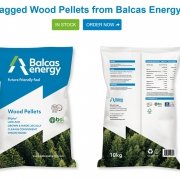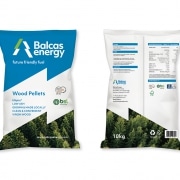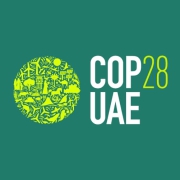Do you know where your wood pellets are coming from?
Wood pellets are now manufactured and sold in many countries around the world. The uses of wood pellets are varied and include:
- as a replacement for coal in electricity generation
- for home heating in a boiler or stove
- commercial space heating
- Animal bedding
- Animal litter trays
- Industrial heat processes
- Heating of commercial buildings
- Barbeques
- Pizza ovens
- Heating of public sector buildings such as hospitals.
The demand for wood pellets is therefore increasing with all of these different uses. Not all wood pellets are the same. They can have different colours, different diameters and be made of different wood species all of which lead to different characteristics. Depending on the wood fibre used to manufacture them wood pellet ash content, calorific value and other characteristics vary. They can also be made from waste wood (old pallets, doors etc) or virgin timber or sawmill residues. The sustainability of any particular wood pellet depends on the source of the wood fibre and how they are manufactured.
Wood pellets are viewed as part of the solution for reaching net zero especially in rural or off grid areas for domestic and commercial space heating and industrial process heating. Wood pellets represent a carbon neutral, eco-friendly alternative to the traditional imported fossil fuels. Unlike heat pumps the high heat available from wood pellets make them suitable as a replacement in many more applications and existing building types without the need for high levels of upgrading and retrofitting of insulation etc to the building fabric.
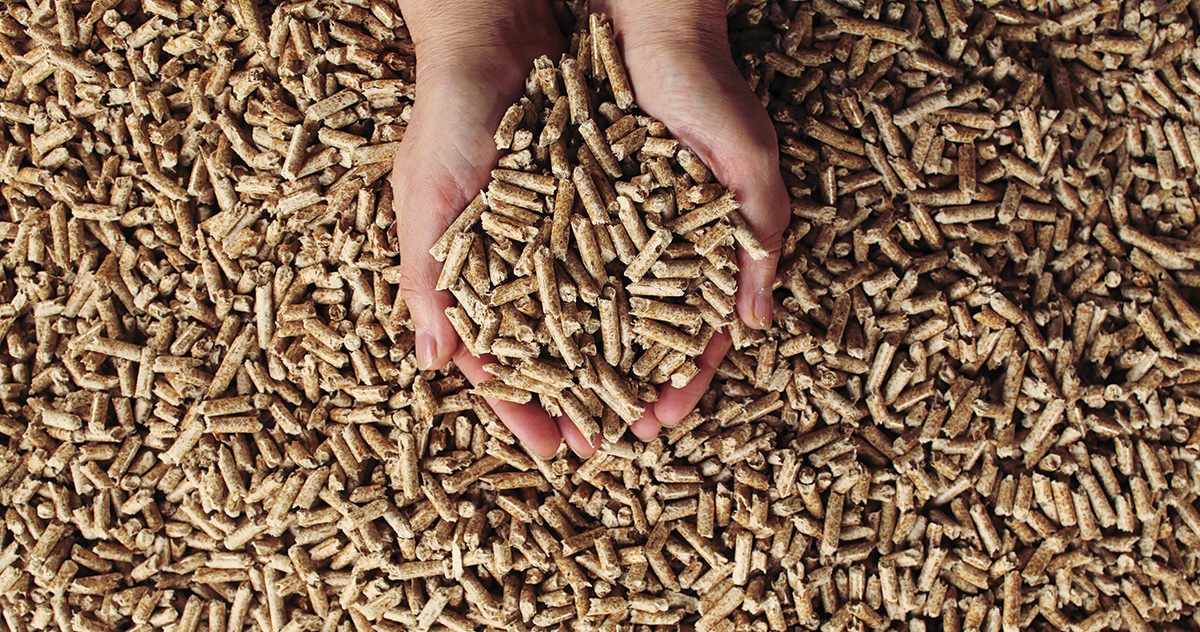
This is the main reason why, at Balcas, we talk so much about our sustainable manufacturing in our two plants, from wood obtained from our local sustainable forests. Using green energy for manufacturing the pellets is another factor that contributes to the carbon neutral benefit of our pellets. You can read about our entire manufacturing process and timber sourcing here.
Why timber sourcing is important?
Without proper sustainable sourcing of the timber used in the process of manufacturing wood pellets, the fight towards climate change gets affected. First, to have a sustainable timber sourcing, trees have to be replanted in place of those used and nothing should be wasted. Secondly, when someone gets imported timber this can travel half way around the globe, which means incredibly higher carbon footprint compared to our local sourcing, plus the risk of cross contamination.
We’ve closely followed Preferred by Nature’s latest work in timber sourcing and sustainability and we’re concerned to see how many of the imported wood pellets that are potentially sold on our market are made from timber sourced from Preferred by Nature high risk areas. In our opinion it is therefore important that attention is paid to the certification and traceability for products manufactured from timber from these areas. You want to be sure your products are of good quality and ethically & legally sourced.
In this sense, Preferred by Nature has created an interactive world map to show each country’s risk information when sourcing timber from their national forests. In the picture below, we can see how many of the world’s countries are in the high risk timber score (pictured in red):
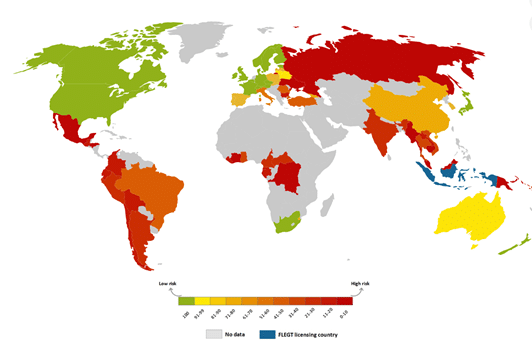
The countries are colour coded depending on their Timber Risk Score. The lower the score, the more widespread the risks of illegality in the country. The score is based on Preferred by Nature’s assessment of 21 parameters relevant to timber legality. Each indicator deemed a low risk gets one point, while each indicator above low risk gets no point.
The countries are ranked to enable comparison relative to violations of applicable laws.
Who is Preferred by Nature?
Preferred by Nature (formerly known as NEPCon) is a non-profit organisation that supports better land management and business practices that benefit people, nature and the climate. You can read more about them and their mission here.
Where is our timber sourced from?
Short answer: locally. Our timber used in manufacturing wood pellets is sourced from our sustainably grown forests in the UK and Ireland. Read more here…

